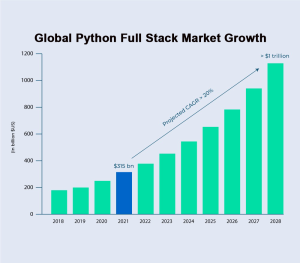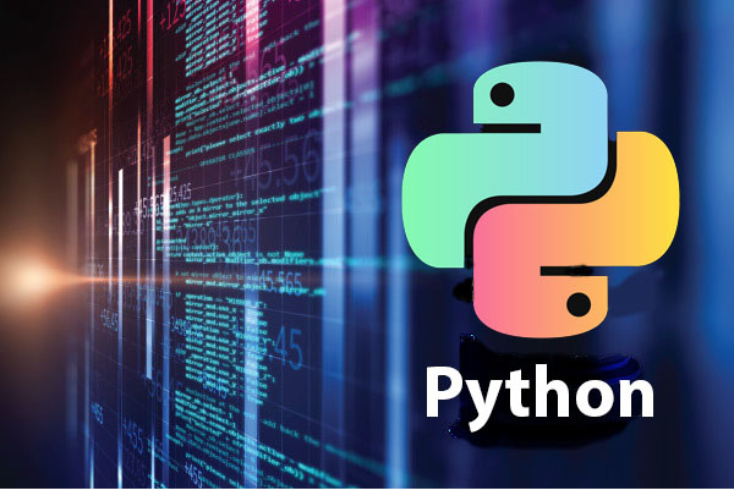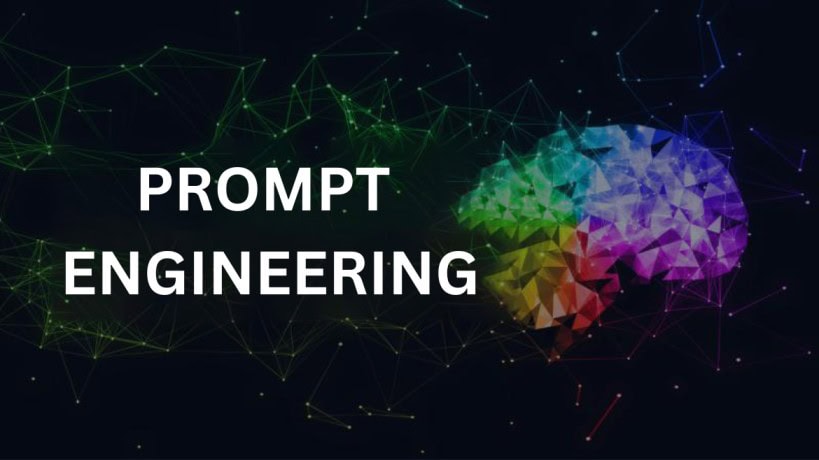Python stands out in the dynamic world of programming languages for its accessibility and versatility, drawing in developers of all stripes with its sophisticated syntax and strong ecosystem. It’s critical to comprehend the factors influencing Python development’s rising popularity as well as the patterns that have contributed to its success as we look to the future of this field. Let’s explore Python’s future and the various industries in which it might be used to keep it relevant in the rapidly developing IT sector. Since 2015, the need for full-stack developers has grown by 35% annually. Another research from the US Bureau of Labor Statistics projects that by 2024, there will be over 853,000 employment available for these professions, up from 135,000 in the current year. So this is one of the top paying professional paths, in addition to having a lot of work alternatives.
Importance of Python Full Stack
Python, with its simplicity and versatility, is the foundation of Full Stack development. Python’s vast ecosystem of libraries and frameworks allows developers to smoothly transition between front-end and back-end jobs, which streamlines the development process. If you want to work as a full-stack developer, Python is a very useful programming language and one of the greatest tools for the job. For web development, Python is the language of choice for most experts for a number of reasons. In order to gain in-depth expertise, students are also enrolling in the Python Full Stack Developer Course. Because Python can be used for both frontend and backend development, it is the top language choice for professionals in programming.
Why Choose Python Full Stack?
Python is well-known for its versatility and readability, making it an excellent choice for a variety of applications. Python can be used for front-end and back-end web development, automation, data analysis, scientific computing, machine learning, and artificial intelligence applications. Full Stack Python development encourages collaboration and teamwork among development teams. A unified language stack allows developers to quickly comprehend and contribute to both front-end and back-end components, creating a cohesive and productive work environment.
Career growth in Python Full Stack

In the United States, the Bureau of Labor Statistics projects an astounding 16% growth in job opportunities for web developers between 2022 and 2032, as well as an equally impressive 25% for software developers. The average for all vocations is a mere 3%. By 2025, there will be a deficit of 8.52 million full-stack engineers worldwide, predicts renowned marketing firm IDC. Strong websites and apps are in high demand due to evolving technology and growing usage of digital services. There is a growing trend in full-stack web development.
CURRICULUM
Introduction to Python Programming
- Basics of Python Syntax and Semantics
- Control Structures
- Functions and Modules
- Data Structures
- Error Handling
Frontend Development
- HTML and CSS
- JavaScript Basics
- Frontend Frameworks
- Responsive Design
- Web AccessibilityBackend Development with Python
Backend Development with Python
- Web Frameworks
- Database Integration
- API Development
- Asynchronous Programming
- Testing and DebuggingDevOps and Deployment
DevOps and Deployment
- Version Control with Git
- Containerization with Docker
- CI/CD Pipelines
- Cloud Services
- Monitoring and Maintenance







